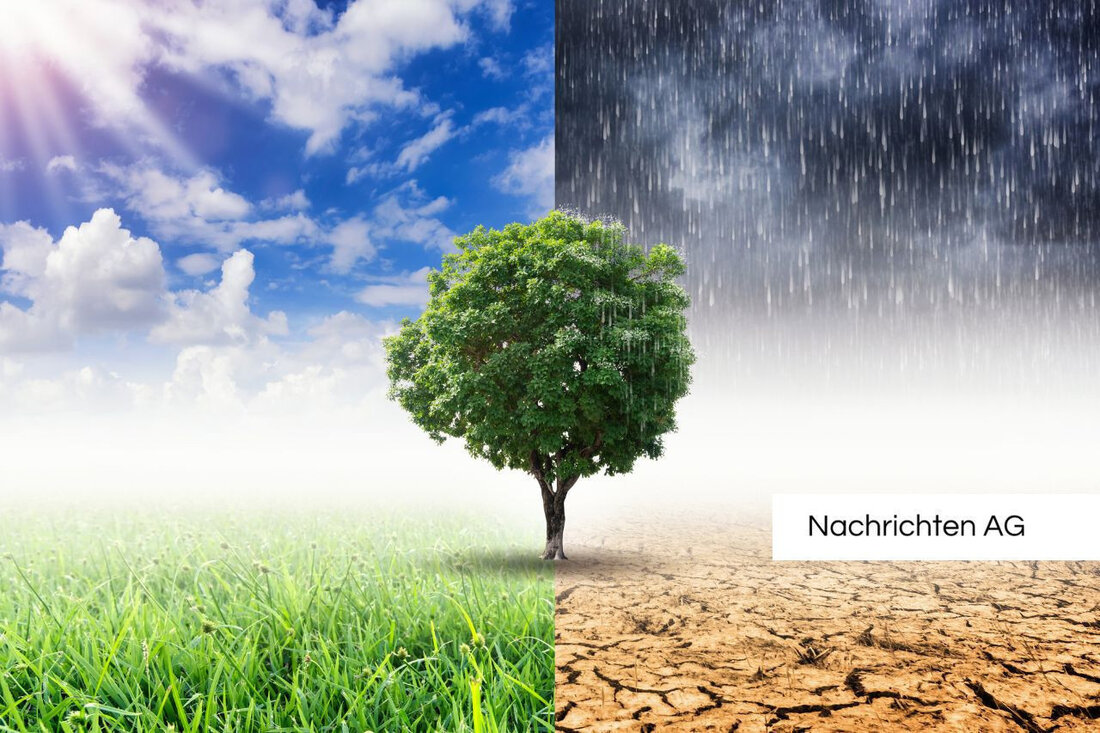Energy transition: Olaf Lies warns of overwhelming citizens in northern Germany
Energy transition: Olaf Lies warns of overwhelming citizens in northern Germany
Lower Saxony's Prime Minister Olaf Lies has emphasized the special responsibility of northern Germany in energy supply. In a current conversation, he emphasized that the expansion of renewable energies must not lead to an overload of the population. Reads for a balanced development in the energy sector and warns of an over concentration of stress. This could be done, for example, by the simultaneous expansion of wind energy and overhead lines, which would endanger acceptance among the population. To counteract this, he relies on earth cabling for electricity.
As a former Minister of Economic and Energy, he has worked intensively for the promotion of wind and solar energy and the establishment of LNG terminals. In this context, there is doubt about the planned exit of the coal until 2030 and sees the terminals as a temporary solution to climate -neutral gases. In order to speed up the coal phase -out, he also demands the rapid construction of gas power plants that can be converted to hydrogen. It is important to him that no necessary power plants are switched off.
Northern Germany and the renewable energies
read ’place of residence, Sande near Wilhelmshaven, is already a center for LNG infrastructure and wind turbines. Despite his personal proximity to renewable energies, he recognizes that this is not sufficient to convince the population of their expansion. According to Lies, it is crucial that the loads are distributed evenly in order to increase the acceptance of renewable energies in the broad population.
The progress in the expansion of renewable energies in Germany is proven by various statistics. According to the Federal Environment Agency, the proportion of renewable energies in the gross-end energy consumption in 2024 rose to 22.4 percent, an increase of 0.8 percentage points compared to the previous year. This proportion is to be increased to 41 percent by 2030. In 2024, 517 billion kWh of energy was provided from renewable sources, 55 percent of the electricity production.
important renewable sources
The most important renewable energy sources in Germany 2024 are:
| share (%) | |
|---|---|
| biomass | 47% |
| wind energy | 27% |
| photovoltaic | 16% |
| remaining (hydropower, geothermal energy, environmental heat) | 10% |
The biggest contribution to electricity generation came from the wind energy in 2023 with 138.9 billion kWh. The installed performance rose by 3,027 MW, while in photovoltaics there was an increase to 74.1 billion kWh. The proportion of renewable energies also increased in the heat sector, which contributed to the decline in greenhouse gas emissions. In 2024, a total of 256 million tons of CO₂ equivalents were avoided, of which 80 percent were achieved by renewable electricity generation.
For further information on the progress of the energy transition in Germany and current statistics, the comprehensive data on the pages of Welt href = "https://www.econstor.eu/bitstream/10419/279954/1/1870362721.pdf"> Econstor and Environmental Federal Agency
| Details | |
|---|---|
| Ort | Sande, Deutschland |
| Quellen | |


Kommentare (0)